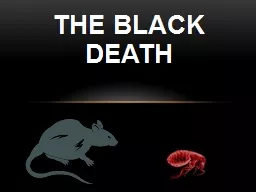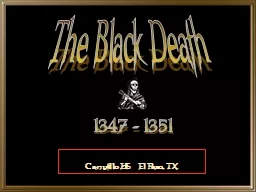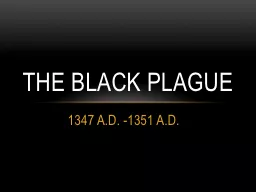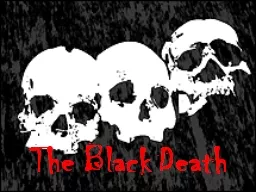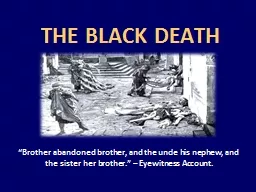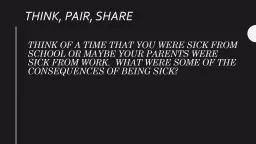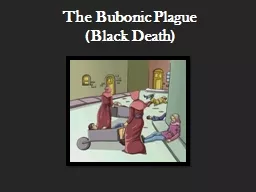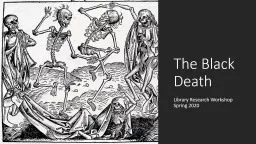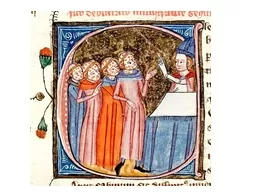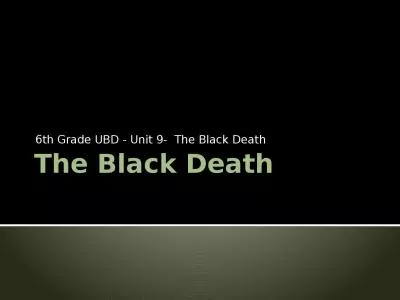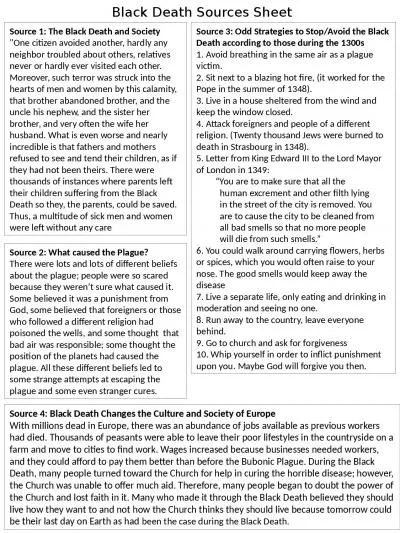PPT-The Black Death 1347 - 1351
Author : lastinsetp | Published Date : 2020-10-22
The Famine of 13151317 By 1300 Europeans were farming almost all the land they could cultivate A population crisis developed Climate changes in Europe produced three
Presentation Embed Code
Download Presentation
Download Presentation The PPT/PDF document "The Black Death 1347 - 1351" is the property of its rightful owner. Permission is granted to download and print the materials on this website for personal, non-commercial use only, and to display it on your personal computer provided you do not modify the materials and that you retain all copyright notices contained in the materials. By downloading content from our website, you accept the terms of this agreement.
The Black Death 1347 - 1351: Transcript
Download Rules Of Document
"The Black Death 1347 - 1351"The content belongs to its owner. You may download and print it for personal use, without modification, and keep all copyright notices. By downloading, you agree to these terms.
Related Documents


